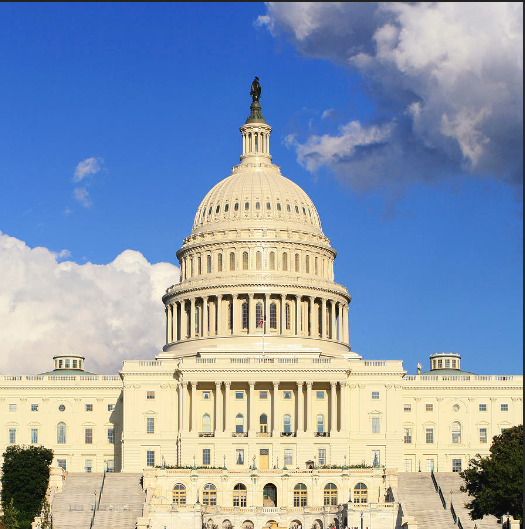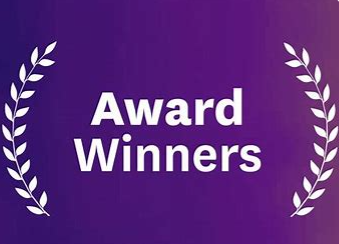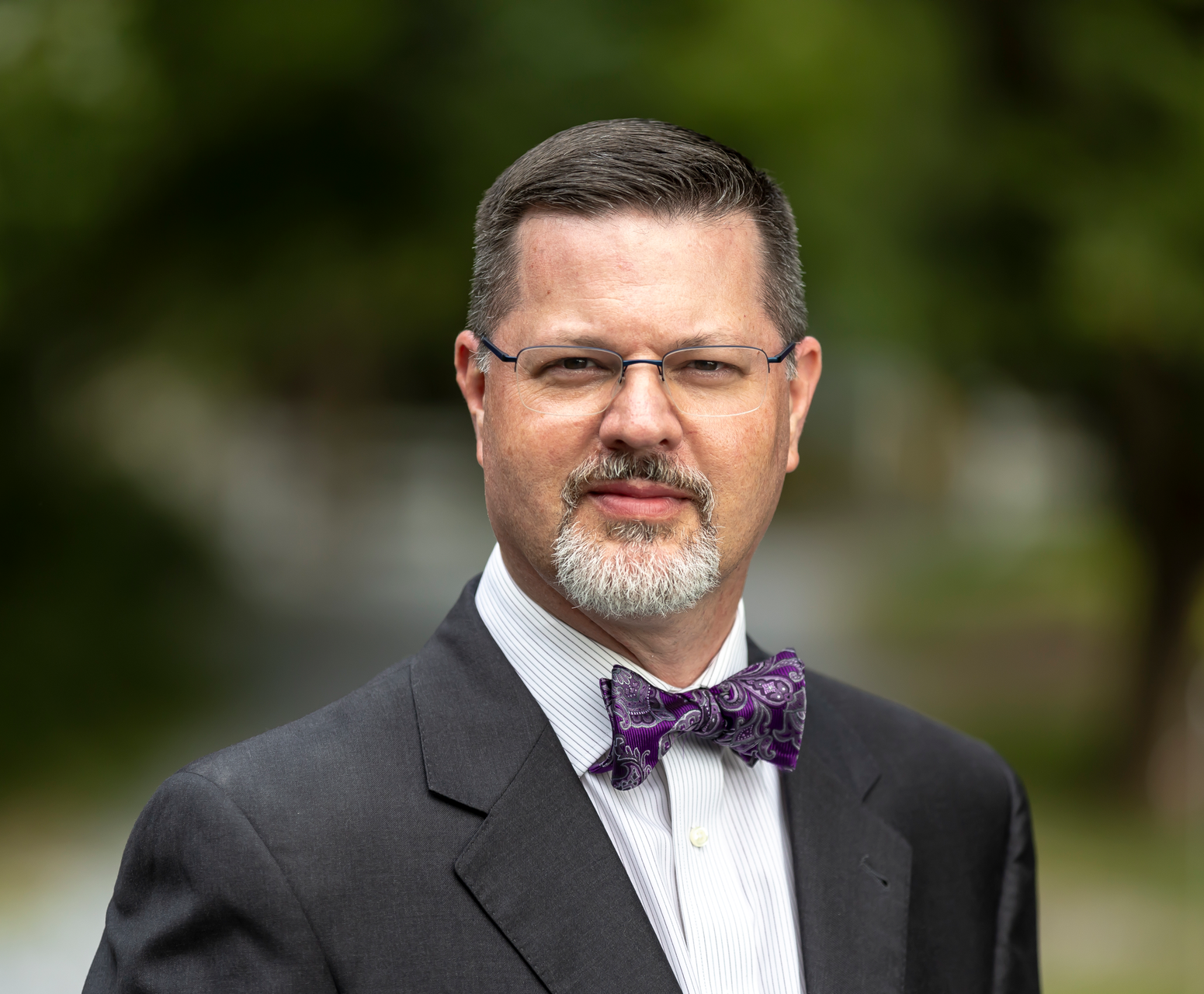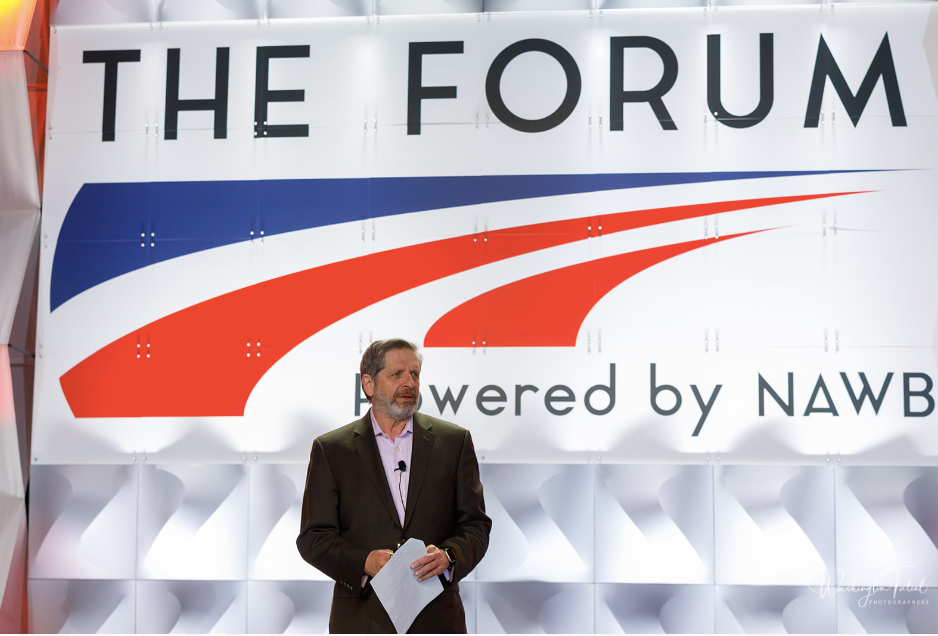#WkDevMonth: #WkDevEmployees
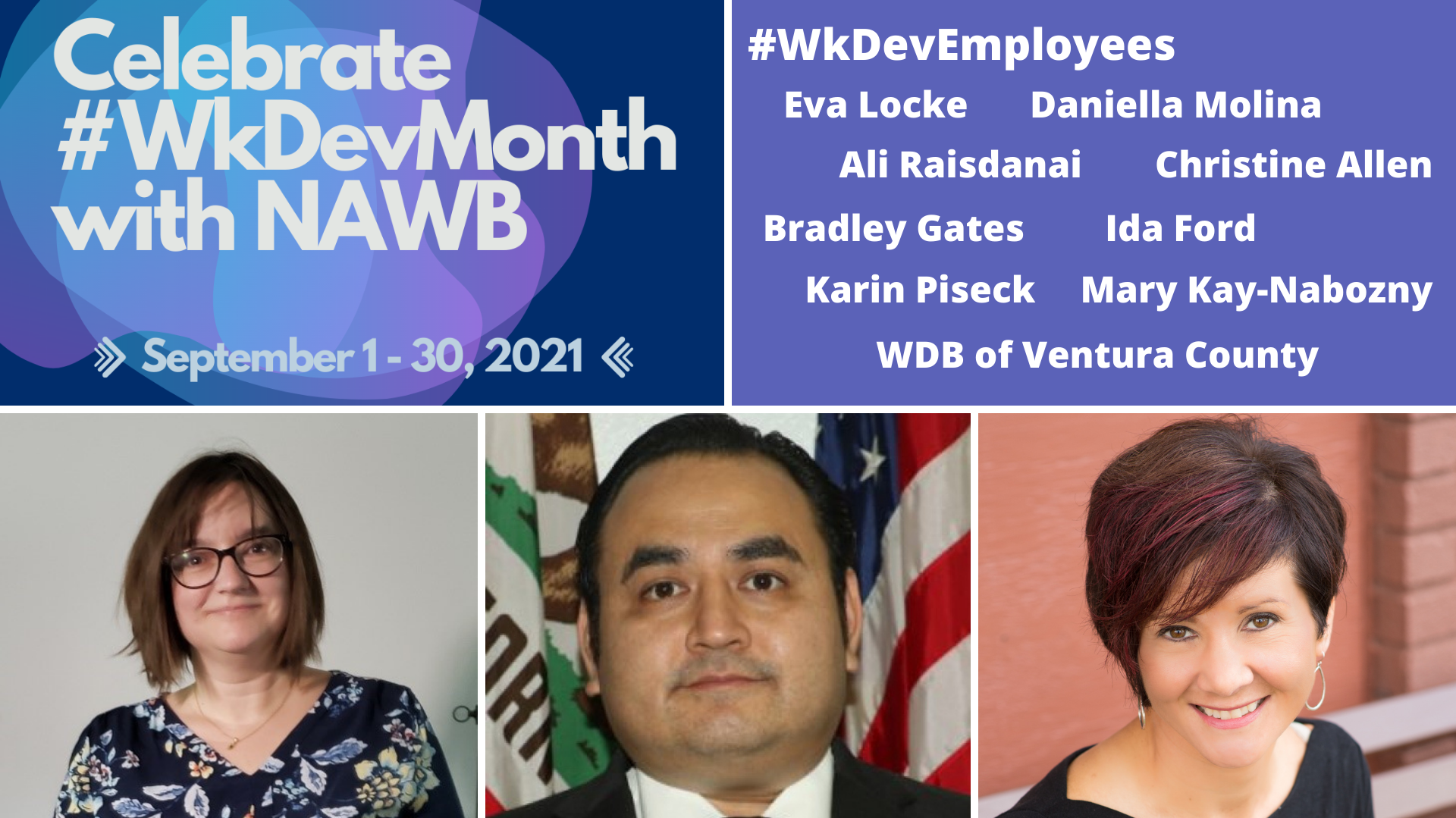
Eva Locke, Lake County Workforce Development Board
Nominated by: Laura Gergely, Lake County Workforce Development Board
Innovative, compassionate, and dedicated are a few of the characteristics that best describe Eva Locke, the Lake County One Stop Operator. Eva is a leader who has unforeseen drive, commitment and creativity to move the Job Center and representing partners to the next level when it comes to integration, development, and progressive concepts. Her vision has made the Lake County Job Center the benchmark for the Northeast region of the state of Illinois. Lori Crockett Harris, the Federal Project Officer with the United States Department of Labor, noted that Eva’s “positivity, creativity, dedication and innovative spirit just oozed from her!! All of my “Spidey-sensors” were saying You have a winner here!”
From the time Eva has assumed the position of One Stop Operator, her affable nature, clear insight and guiding vision has garnered the respect and admiration of staff, customers and the community alike. Her compassionate nature helps customers feel more welcome, involved, and self-assured. Staff at all levels feel more supported, respected, engaged and confident of the Job Centers’ purpose and future growth. The community has become more enriched by the diversity and inclusivity of programs which were a result of meaningful consultation with a broader range of stakeholders.
As One Stop Operator, Eva has taken great initiative to implement new processes, programs, and create improvements that have aided in the advancement of the Lake County workforce system. She has identified critical needs and responded to benefit others. Eva’s work will have a lasting impact on her peers, the Job Center partners, and her community. Innovators take action. Here are a few examples of how Eva has taken decisive action around the workforce needs in Lake County:
- Collaborated with her team in creating a Virtual Information Session access tool during the Coronavirus pandemic that has maintained part of the ongoing practice,
- Engaged over 10,000 job seekers within the One Stop over the past year,
- Designed an internal partner webpage to promote and share program information among the frontline staff members and Job Center partners. The webpage includes an electronic referral system that allows staff members to easily and quickly refer customers to other partner organizations for services,
- Created Intentional Integration Events which are events to bring together Job Center Partner organizations to better understand the programs of each group, to advance their partnership and to better serve their customers,
- Implemented the One Stop Brief to share partner success stories and partner events with the community,
- Executed a bi-yearly success story publication illustrating workforce development and One Stop success stories,
- Introduced and conducts quarterly Partner Professional Development/Cross Training activities to empower our community organizations and to create shared services amongst partners and community agencies,
- Arranged the federal agency Employee Benefits and Security Administration to talk to over 30 organizations about the American Rescue Plan Act of 2021 and Cobra subsidies,
- Offered over 40 workshops during this past year with one workshop engaging another Federal Agency, the Federal Bureau of Investigation (FBI), to speak on career pathways within the FBI organization,
- Facilitated the Illinois Department of Commerce and Economic reopening procedures to ensure appropriate safety measures were in place in order to reopen for partners and service customers in person, and,
- Leading out the Job Center of Lake County Integration Action Plan with the objective of aligning and simplifying access to one-stop center services and supports for employers, jobseekers, and system customers with the goal of providing the best experience possible.
Eva’s proven dedication to workforce and exemplary leadership demonstrates a true workforce hero and therefore Eva Locke should be recognized for her contributions to the workforce profession and her achievement in Lake County, Illinois.
Christine Allen, Lubbock Economic Development Alliance
Nominated by: Martin Aguirre, South Plains Regional Workforce Development Board
Workforce Solutions South Plains nominates Christine Allen, the Lubbock Economic Development Alliance’s (LEDA) Director of Workforce Development and FTZ-260, for recognition during National Workforce Development Month. Christine continuously enriches the strong partnership between WSSP and LEDA through her hard work and dedication to our shared mission of preparing our future workforce for a lifetime of career success. Workforce Solutions/LEDA collaborations include the South Plains Career Expo, a premier career-education event and the largest of its kind in West Texas, showcasing the amazing diversity of the career opportunities in the South Plains to high school juniors and seniors; the South Plains High Demand Job Training Grant program, which to date has supplied over $2 million dollars in career and technical education training equipment to area high schools; and the South Plains Teacher Externship program, which provides middle and high school teachers with an intensive, 3-day externship giving them opportunities to engage in industry-related activities, learn how classroom content is applied in the real world and the skill sets required for a given industry, so they can connect classroom content to industry in the real world and workplace giving students an understanding of the academic and technical skills they need for career success.
Above and beyond LEDA’s monetary contributions to these projects, Christine personally gives her time and expertise through serving on the South Plains Career Expo committee, working to enroll teachers and recruit businesses for the South Plains Teacher Externship program, promoting the South Plains High Demand Job Training Grant program to educators and potential funding partners, working with schools purchasing equipment and tracking results for the grant program, as well as keeping our partners and educators happy by providing lunch and snacks for meetings! Her enthusiasm and efforts elevate our local economic development/workforce board partnership to a camaraderie and performance level envied across Texas. We are grateful for her, and our successes would not be as exceptional without her contributions!
Daniella Molina, San Diego Workforce Partnership
Nominated by: Shaina Gross, San Diego Workforce Partnership
During COVID, Daniella has been creative and innovative to make sure that our American Job Centers continue to offer trainings and career services.
Ali Raisdanai, Los Angeles County WDACS - LA County Workforce Development Board
Nominated by: LA County Workforce Development Board
Ali is passionate and outstanding in his drive to help push LA County WDB priorities forward. Ali works hard every day to elevate LA County Workforce priorities and initiatives. Ali Raisdanai serves as the Deputy Director of Strategic Planning and Partnership Development for the Los Angeles County Workforce Development Board, part of the executive-level advisory staff to Board Commissioners and Executive Management of the Board and County Agency (Workforce Development, Aging, & Community Services). Mr. Raisdanai is a 22-year-old professional with experience in the private sector and public service. As a public steward, Mr. Raisdanai is vested in the future of work, strategically aligning workforce and economic development framework to problem-solve critical societal issues and effecting more equitable and inclusive educational and career opportunities for historically disproportionately impacted populations to ensure social mobility and prosperity for generations.
Mary Kay-Nabozny, Northwest Wisconsin Workforce Investment Board
Nominated by: Melissa Rabska, Northwest Wisconsin Workforce Investment Board
Over the past eighteen months, Mari Kay-Nabozny has effectively led our board through a number of transitions and changes within the world and at an organizational level. Our board staff has doubled in size and has moved to a hybrid office and remote structure. We have adapted our service model and embraced virtual service delivery to be able to continually meet the needs of our businesses, communities, and job seekers. Her ability to communicate with staff and partners as new changes arise is something to be admired. All of us have been tested during the past year and a half and I have continued to be impressed and inspired by how Mari has handled herself and her ability to constantly pivot and adapt as needed to accomplish our region's strategic workforce goals.
Bradley Gates, Workforce Development Board – San Bernardino County
Nominated by: Marlena Sessions, County of San Bernardino
An outstanding and positive influence in times of crisis. Exemplary work ethic. Brings a positive and personal touch to staff, board members and stakeholders at all levels. Has come up with countless creative ways for us to serve the customer during COVID, beyond COVID, back in COVID!
Karin Piseck, Herkimer Madison Oneida
Nominated by: Terry Humphries, Herkimer Madison Oneida
As manager of the Herkimer AJC, Karin provided outstanding services during COVID, guiding her staff to assist with a huge layoff in the midst of other pandemic economic impacts and social pressures. Job well done!! The body content of your post goes here. To edit this text, click on it and delete this default text and start typing your own or paste your own from a different source.
The entire team at the Workforce Development Board of Ventura County
Nominated by: Norman Albances, Workforce Development Board of Ventura County
The whole Workforce Development Board of Ventura County team has worked round the clock to secure additional funding, implement new programs, and adhering to WIOA guidelines throughout the pandemic. Since March 2020, the WDBVC team has been awarded $3.5 million in grant funding to help individuals laid off due to COVID-19, justice-involved individuals, individuals with disabilities, English Language Learners, and those interested in pre-apprenticeship construction training.
Ida Ford, OhioMeansJobs|Cleveland-Cuyahoga County
Nominated by: Grace Heffernan, Thomas P. Miller & Associates
Ida is a tireless advocate for Cuyahoga County's working people. In addition to the excellent job she does as the Workforce Development Administrator, she has taken the lead on driving a vision for a more equitable workforce system in Cuyahoga County. While there are many folks who have big ideas for change, Ida is key to operationalizing the work by bringing the right people, resources, and strategies to bear on the effort. Cuyahoga County is a better, brighter place for workers because Ida is here.


National Association of Workforce Boards | All Rights Reserved |
Created by Olive + Ash.
Managed by Olive Street Design.


